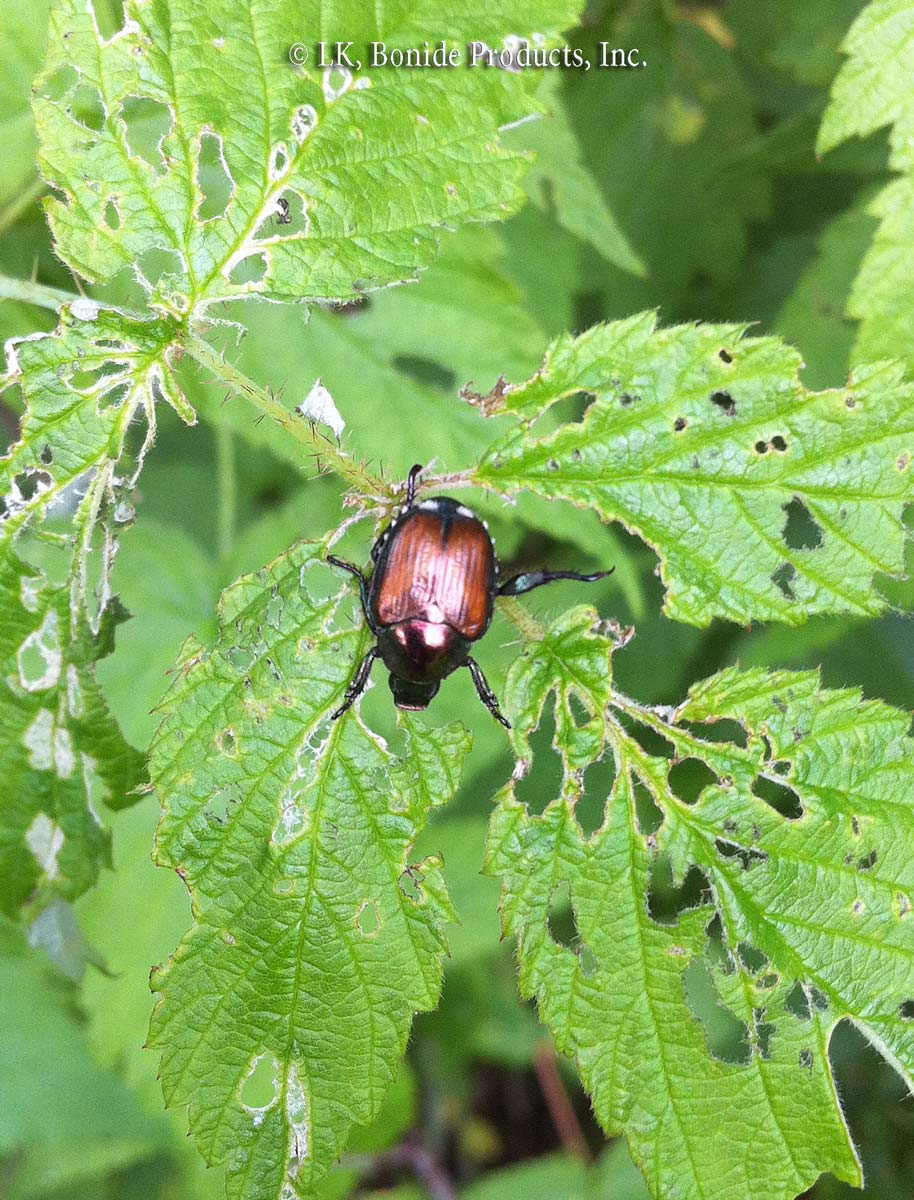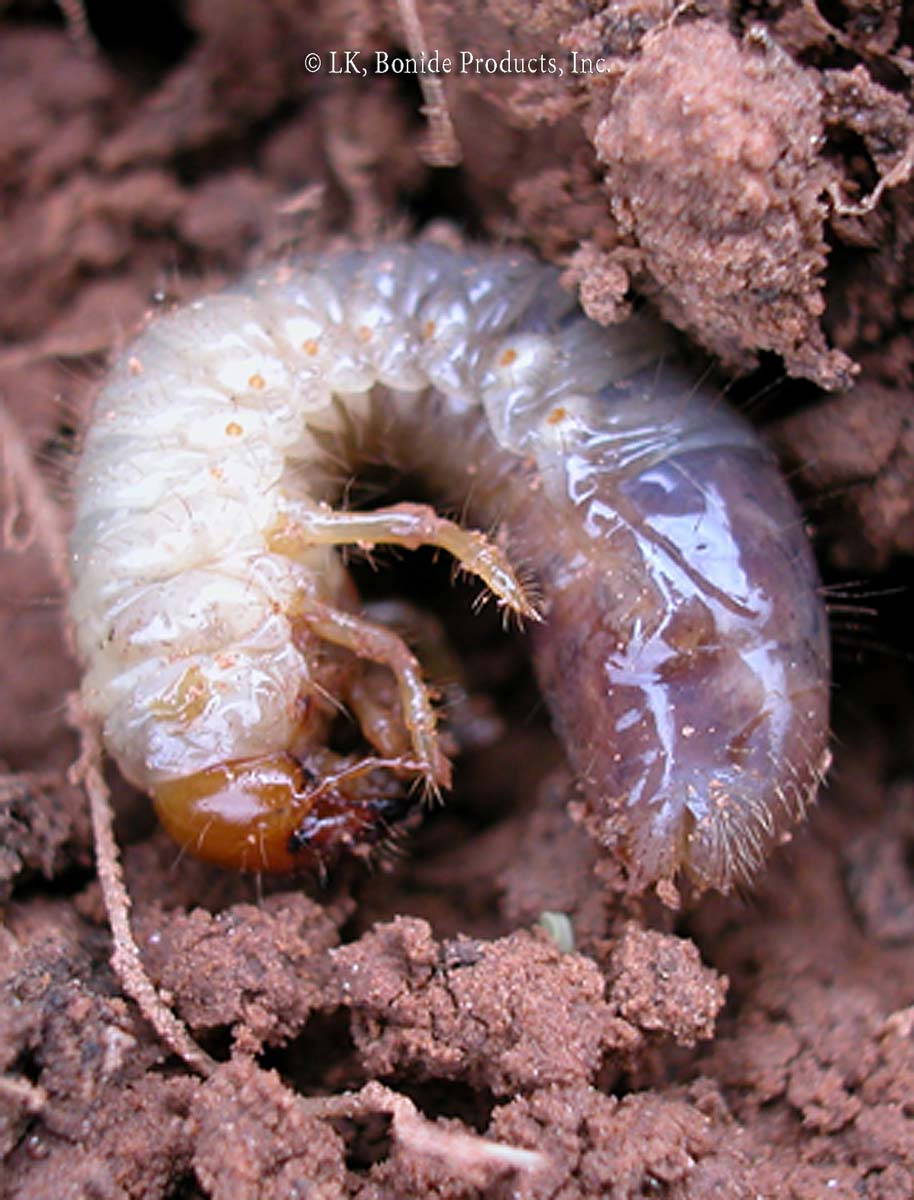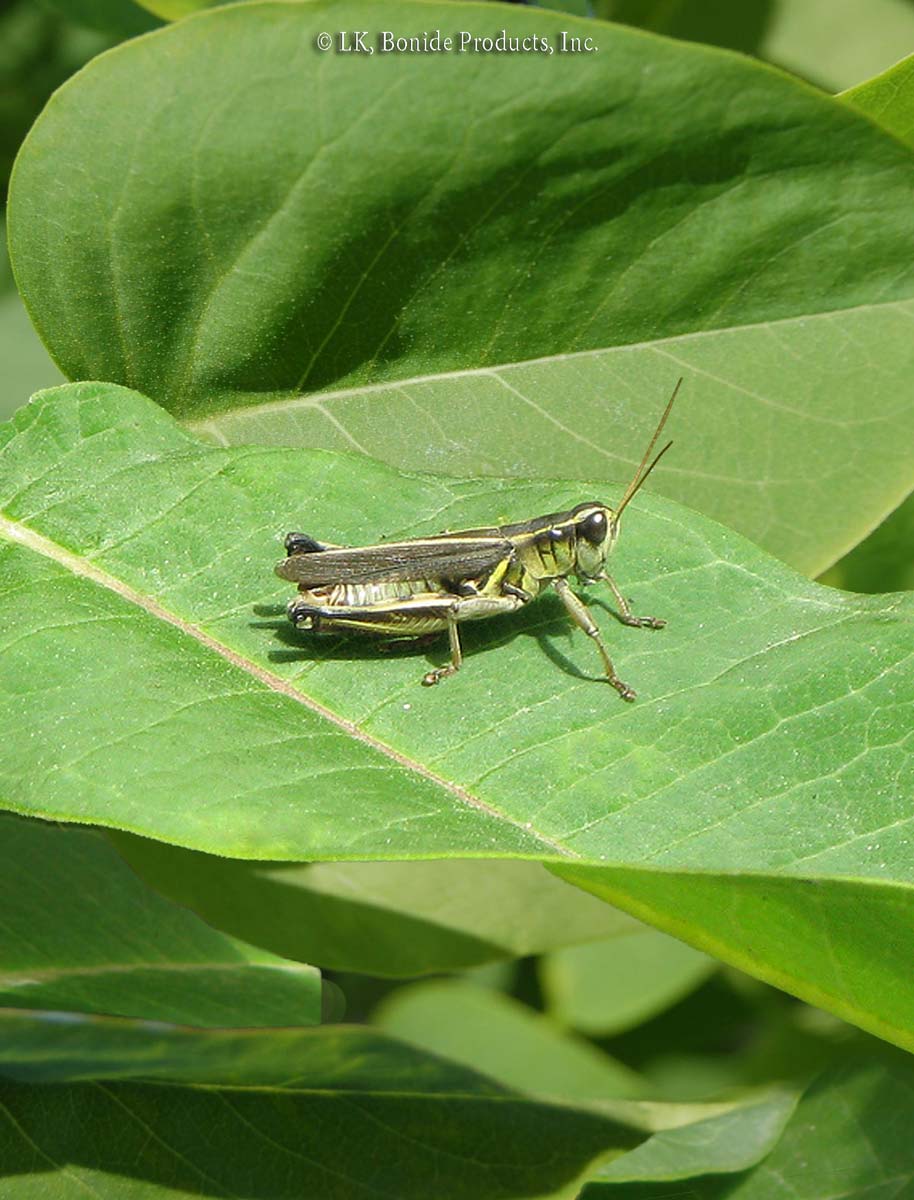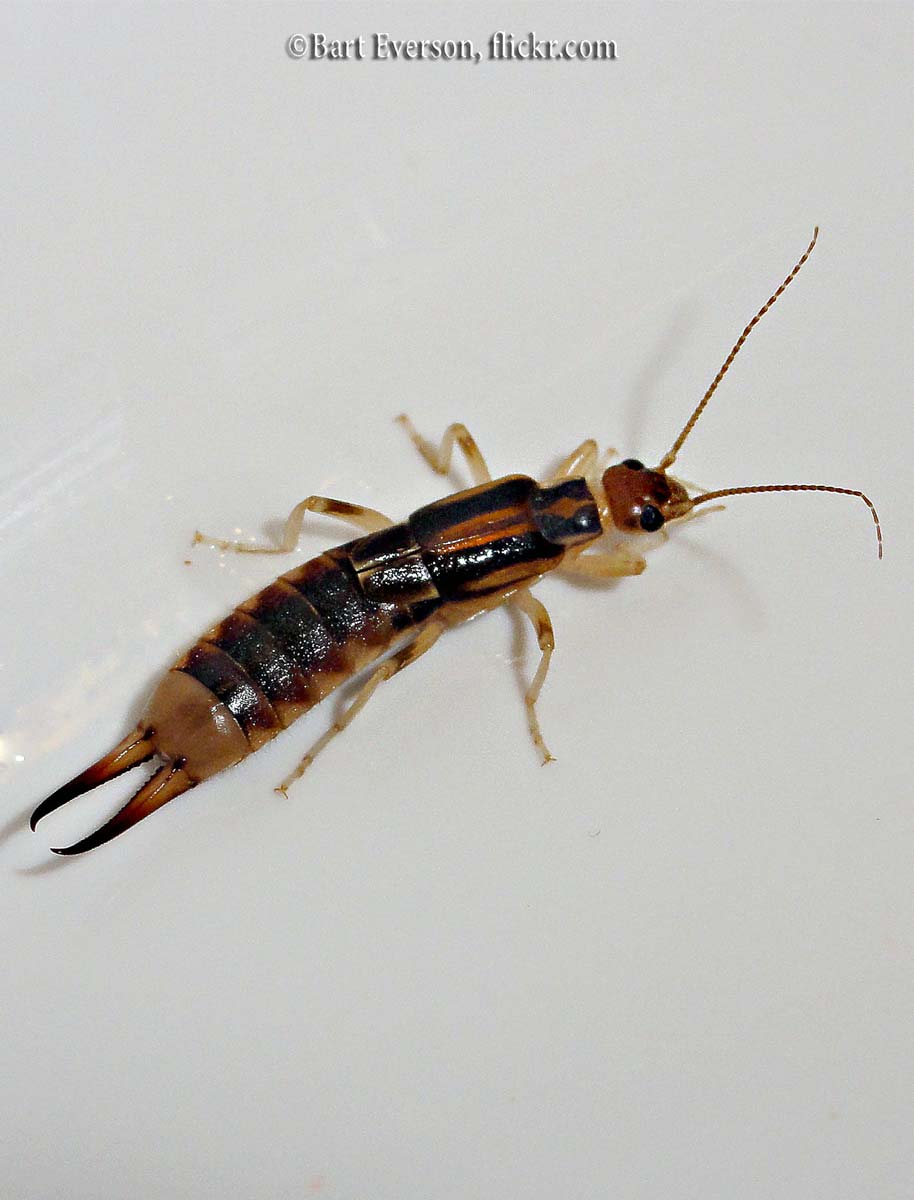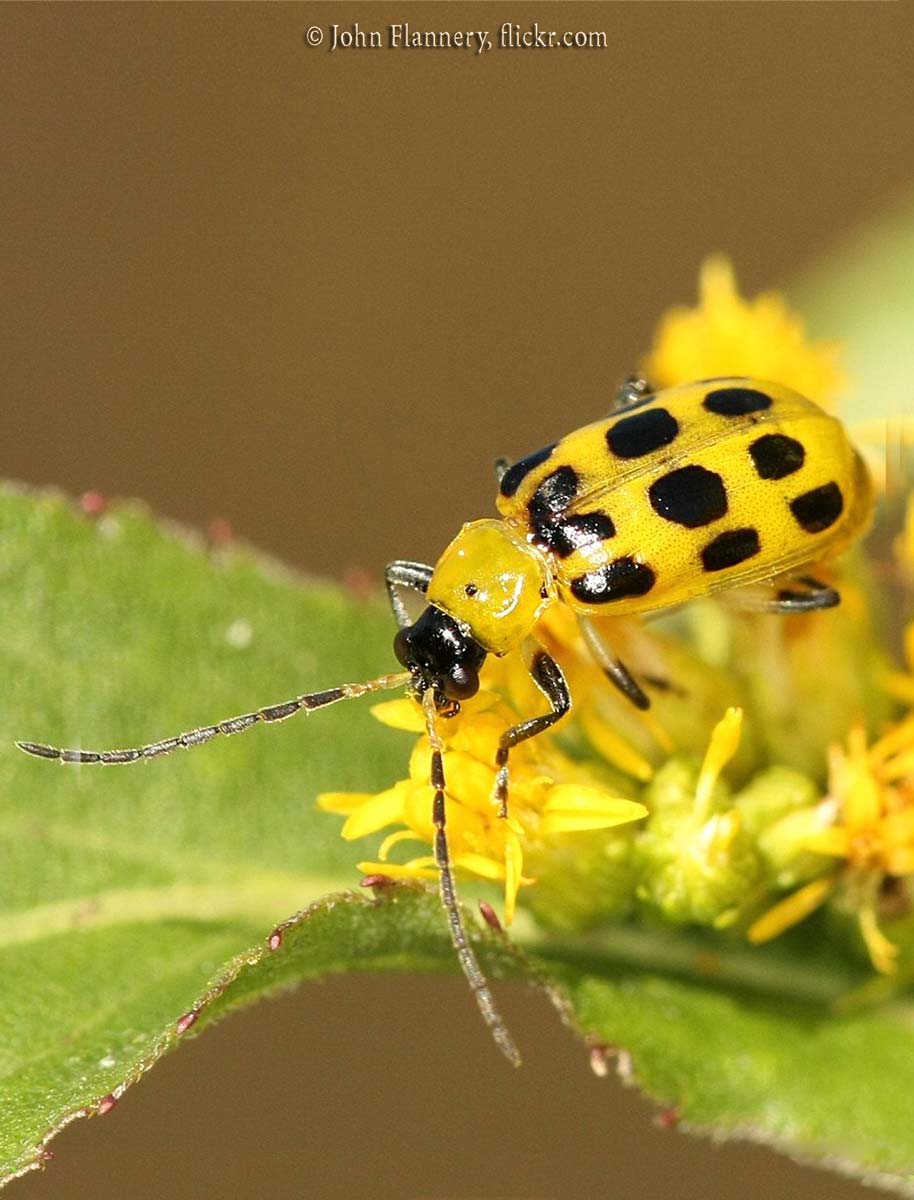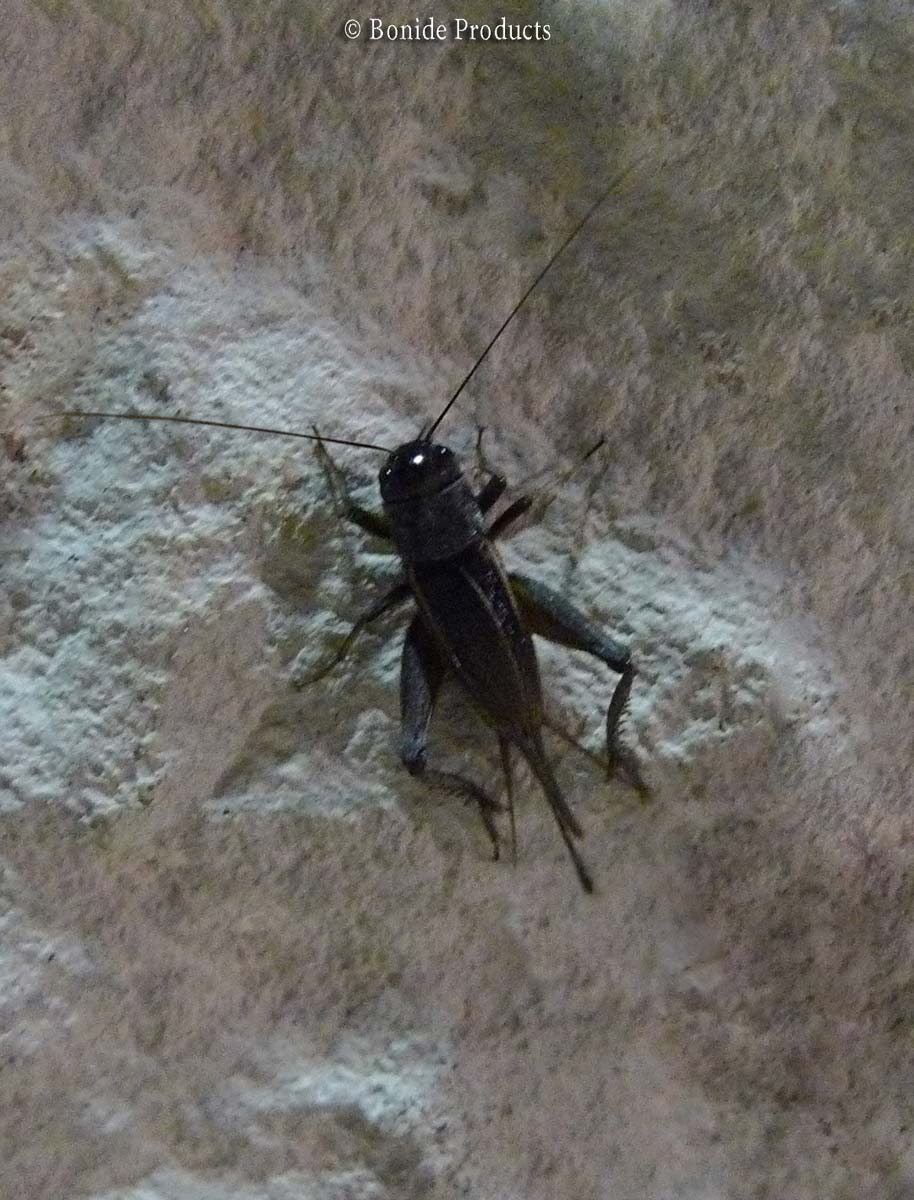Japanese Beetles
Found primarily in the eastern United States, this pest eats almost everything except vegetables. The C-shaped grubs whitish, up to 1-inch-long, with brown heads and three pairs of legs feed heavily on plant roots; lawns are especially likely to be attacked. When the 1/2 inch long, metallic green beetles with coppery wing covers emerge, they … Read more
